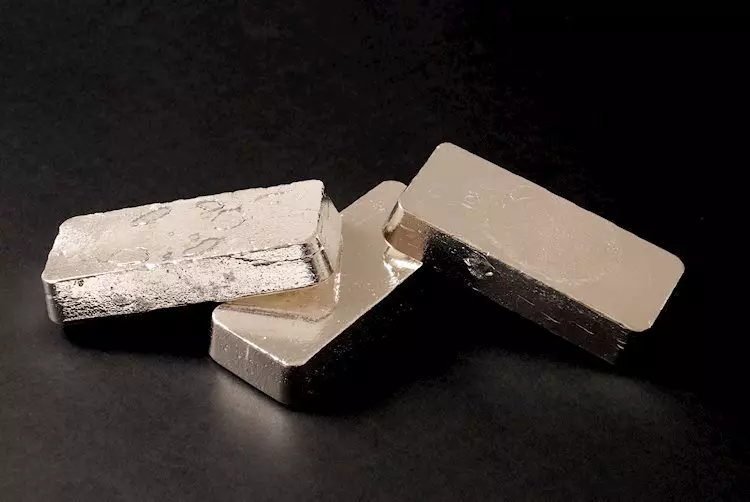The silver price has been on a downward trend for the fourth consecutive day, currently hovering around $27.90 during Wednesday’s early European session. The decline of 0.55% can be attributed to several factors including a stronger USD and concerns about Chinese demand. The recent slowdown in China’s service activity growth, as indicated by the drop in the Caixin Services Purchasing Managers’ Index (PMI) in August, has raised worries about the overall economic health of the country. China is a key player in the global silver market, and any signs of weakening demand from the Chinese market can have a direct impact on silver prices.
The looming possibility of Federal Reserve rate cuts has added a layer of uncertainty to the silver market. With markets now pricing in a 61% chance of a 25 basis points reduction in September, and a 39% chance of a 50 bps cut, investors are closely monitoring the Fed’s actions. The upcoming US August Nonfarm Payrolls (NFP) report on Friday is expected to provide further insights into the Fed’s future decisions. If the report shows weaker-than-expected job additions and an increase in the Unemployment Rate, it could trigger speculations about a deeper rate cut and potentially boost silver prices.
Silver is a prized commodity among investors, valued for its historical significance as a store of value and medium of exchange. Although overshadowed by gold, silver is often used by traders to diversify their investment portfolios or as a hedge during periods of high inflation. Investors have the option to purchase physical silver in the form of coins or bars, or trade it through Exchange Traded Funds that track its price on international markets.
The price of silver is influenced by a multitude of factors ranging from geopolitical instability to industrial demand. As a safe-haven asset, silver tends to rise during times of uncertainty, albeit to a lesser extent than gold. Lower interest rates typically drive up the price of silver, as it is considered a yieldless asset. Additionally, the behavior of the US Dollar plays a crucial role in determining silver prices, as silver is priced in dollars.
The dynamics of major economies such as the US, China, and India can significantly impact silver prices. These countries possess large industrial sectors that heavily rely on silver for various applications. Moreover, consumer demand in countries like India, where silver is used for jewelry, can also influence silver prices. The close correlation between gold and silver prices is another important factor to consider, as silver tends to follow the movements of gold. The Gold/Silver ratio is often used by investors to evaluate the relative valuation between the two metals and make investment decisions accordingly.
The silver market is subject to a myriad of influences that can lead to price fluctuations. Traders and investors must carefully monitor economic indicators, geopolitical events, and market trends to make informed decisions regarding silver investments. As the global economy continues to evolve, the outlook for silver prices remains uncertain, making it essential for market participants to stay vigilant and adapt to changing conditions.

